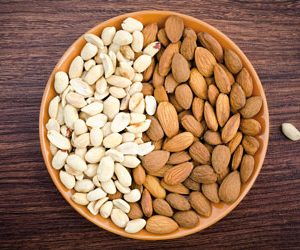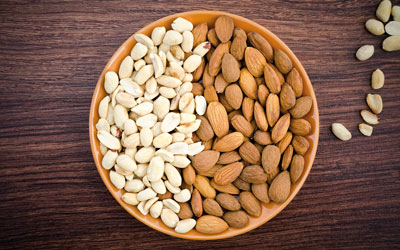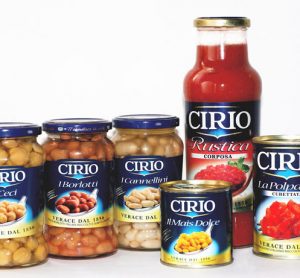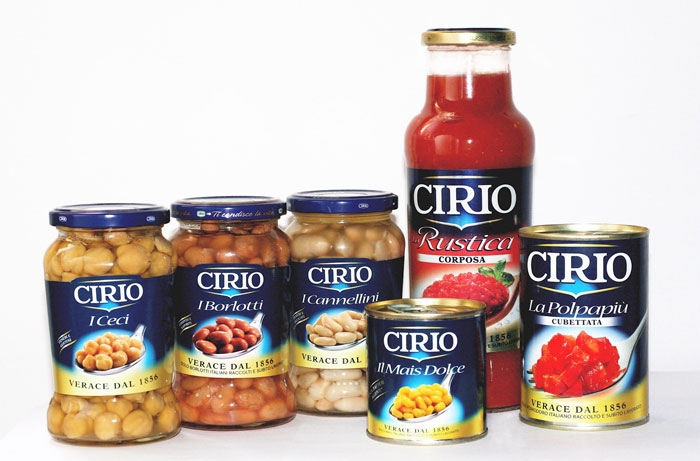LCMS as a reliable tool for monitoring food allergens contamination
1 May 2012 | By Linda Monaci, National Research Council of Italy (ISPA-CNR)
Food allergen research has considerably expanded its field of interest in recent years probably due to the increasing incidence of food allergies throughout the population. According to the last legislation issued on this issue, there is a current trend to develop reliable methods tailored to the detection of food allergens…








